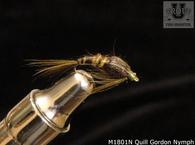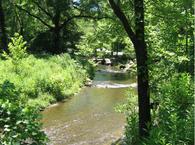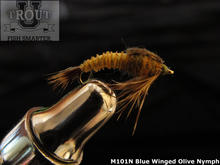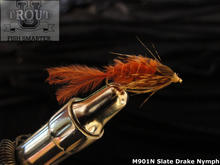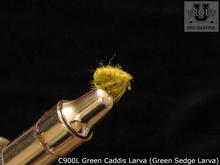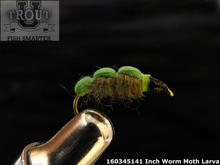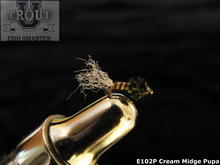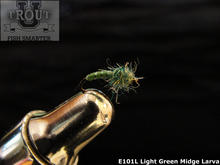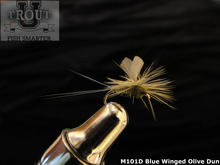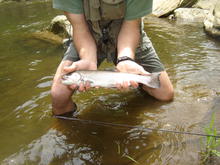Fly Fishing with Mayfly Burrower Nymphs
After mayfly eggs are laid, they hatch within usually 2 or 3 weeks and start the next cycle as nymphs. There are four basic types of mayfly nymphs - the burrowers, swimmers, clingers and crawlers. Each type has their own particular habitat and behavior. We have discussed the habitat and the behavior of the swimmer and crawler nymphs in the previous blogs. Now we will discuss the mayfly burrower nymphs.



